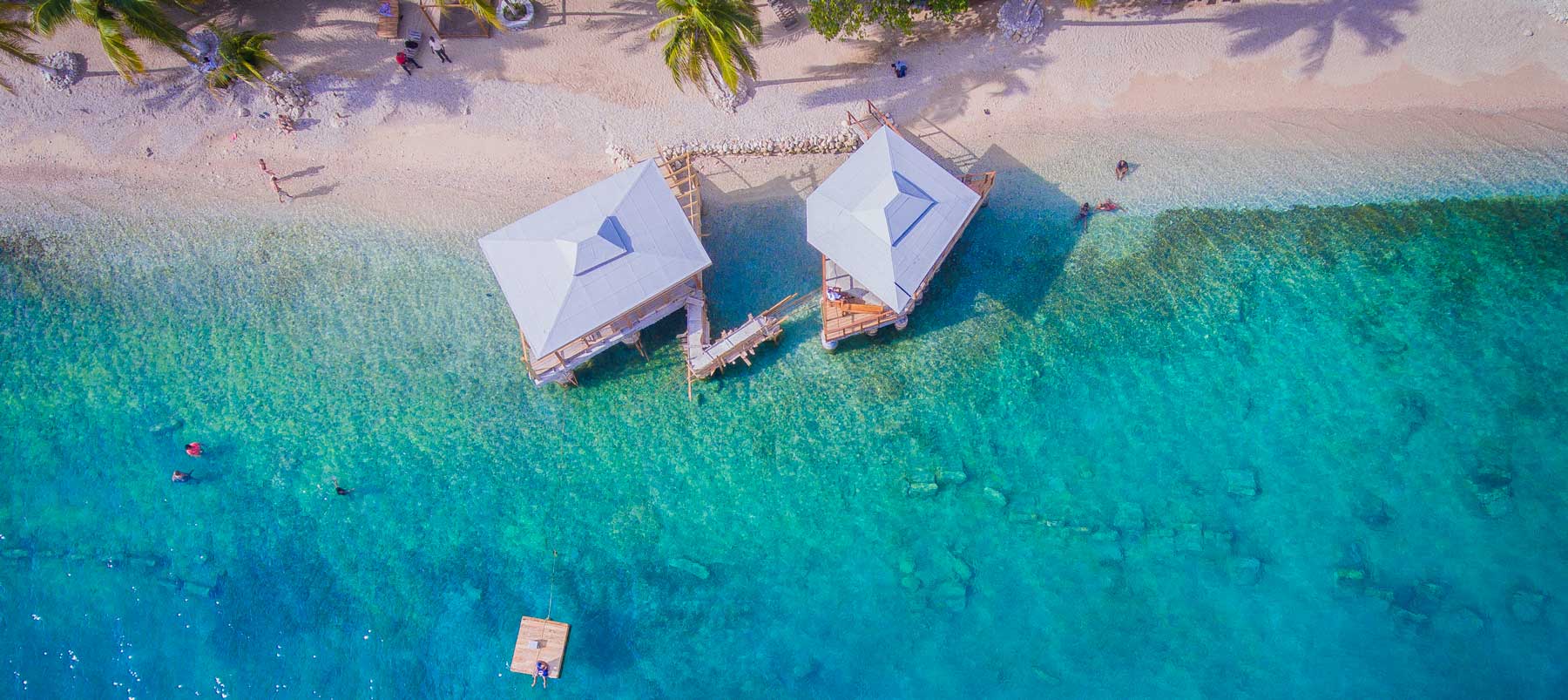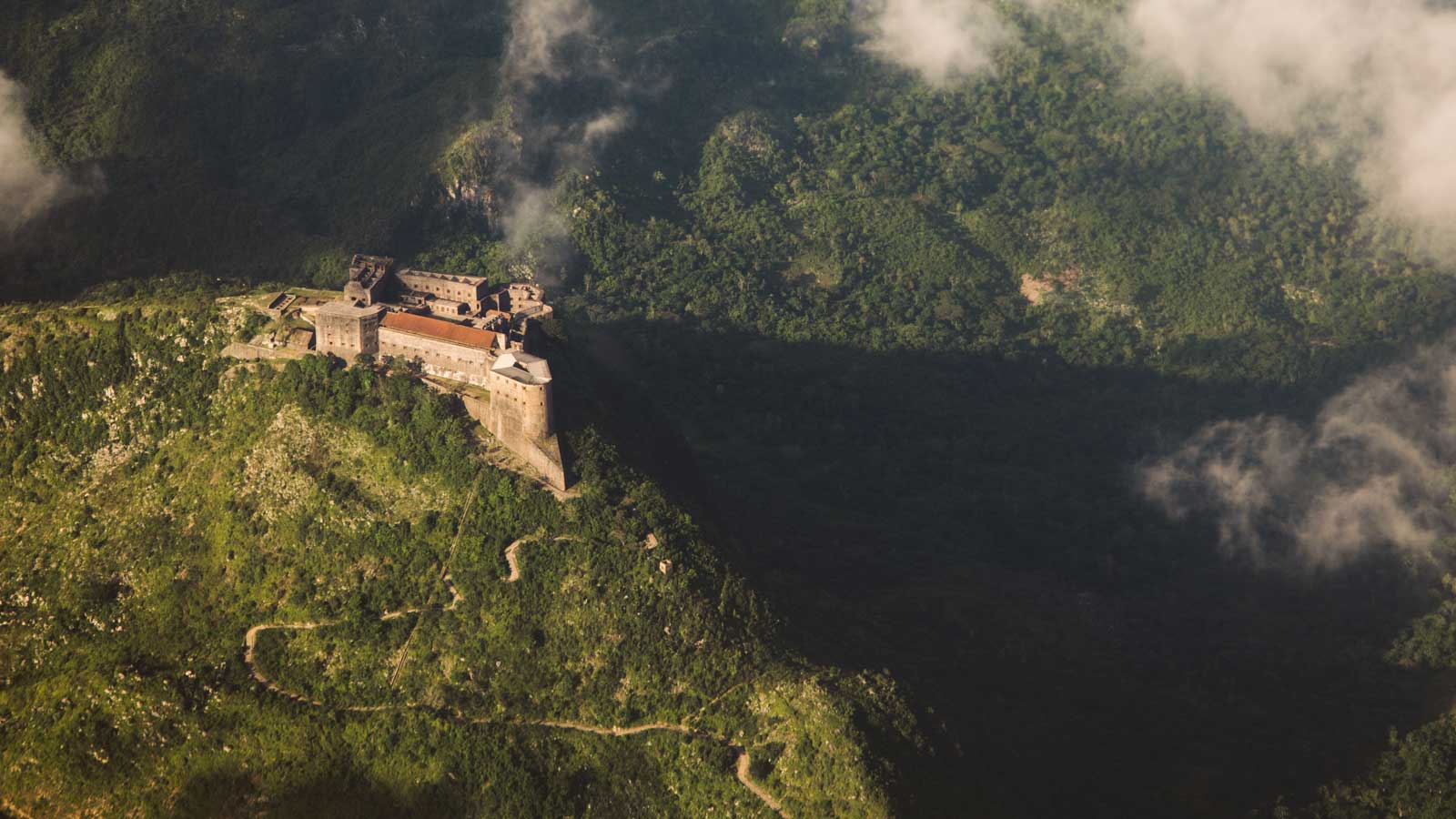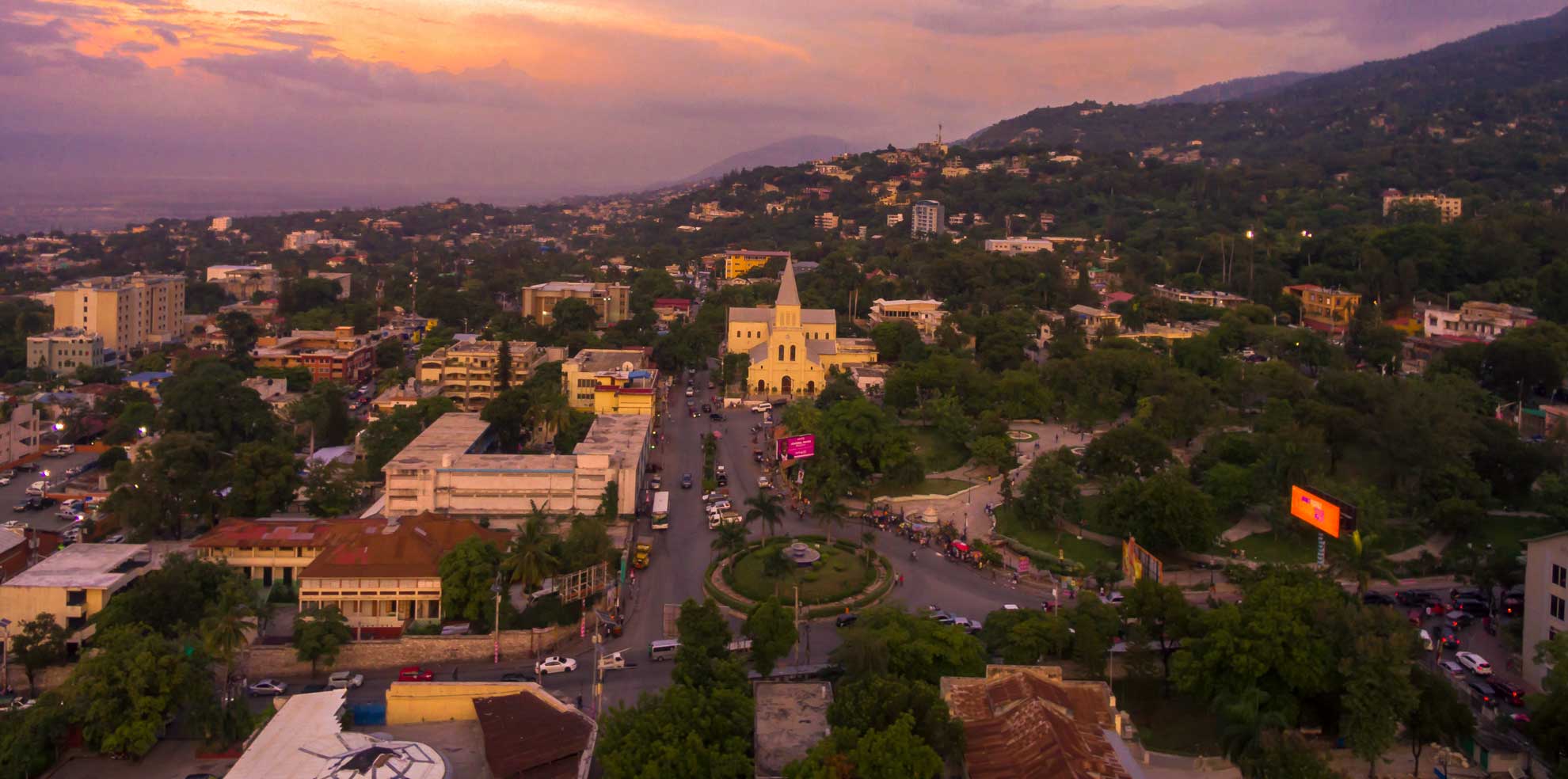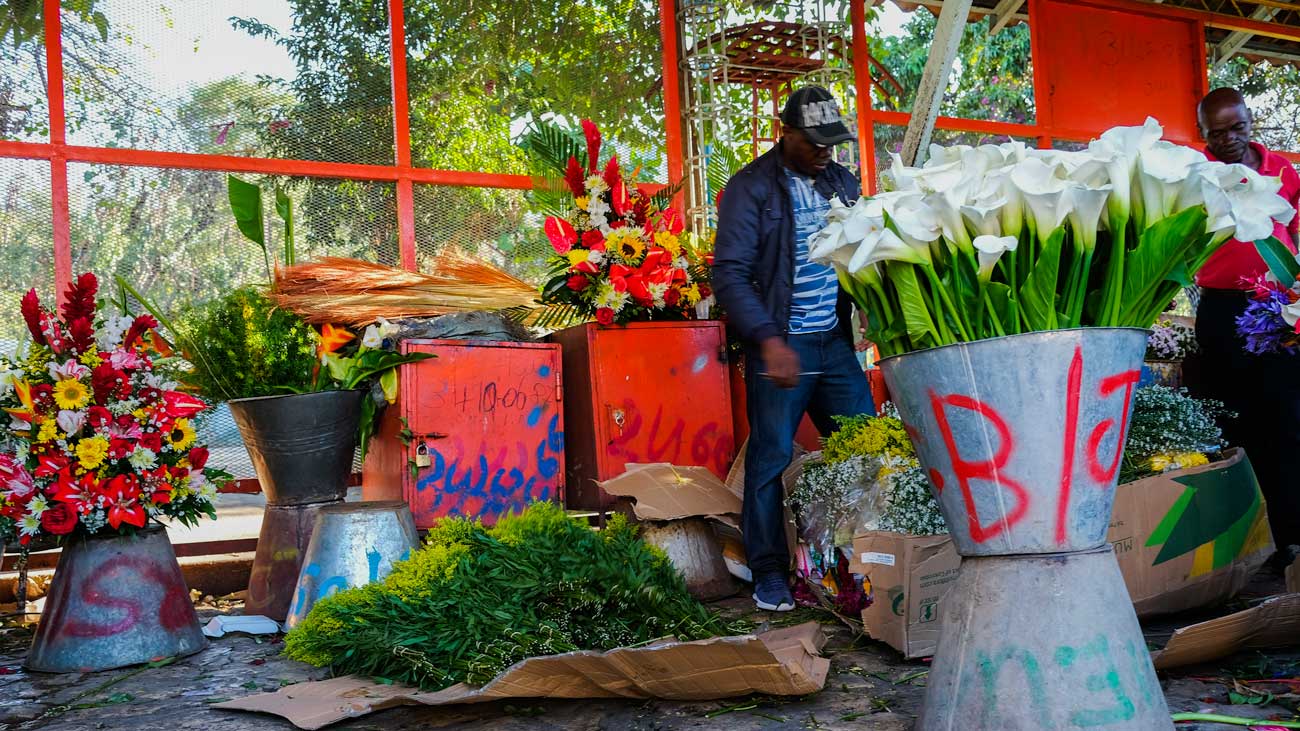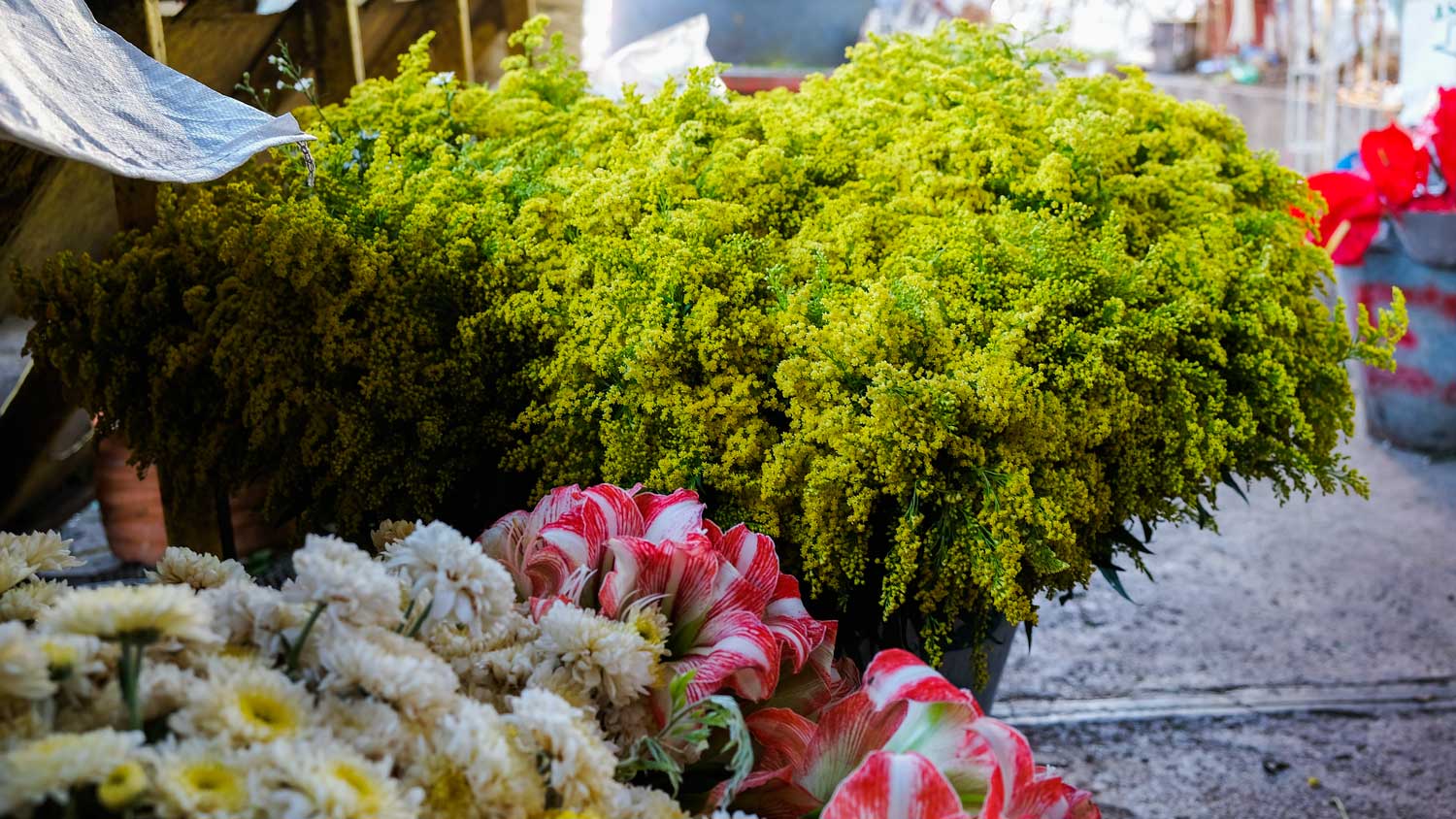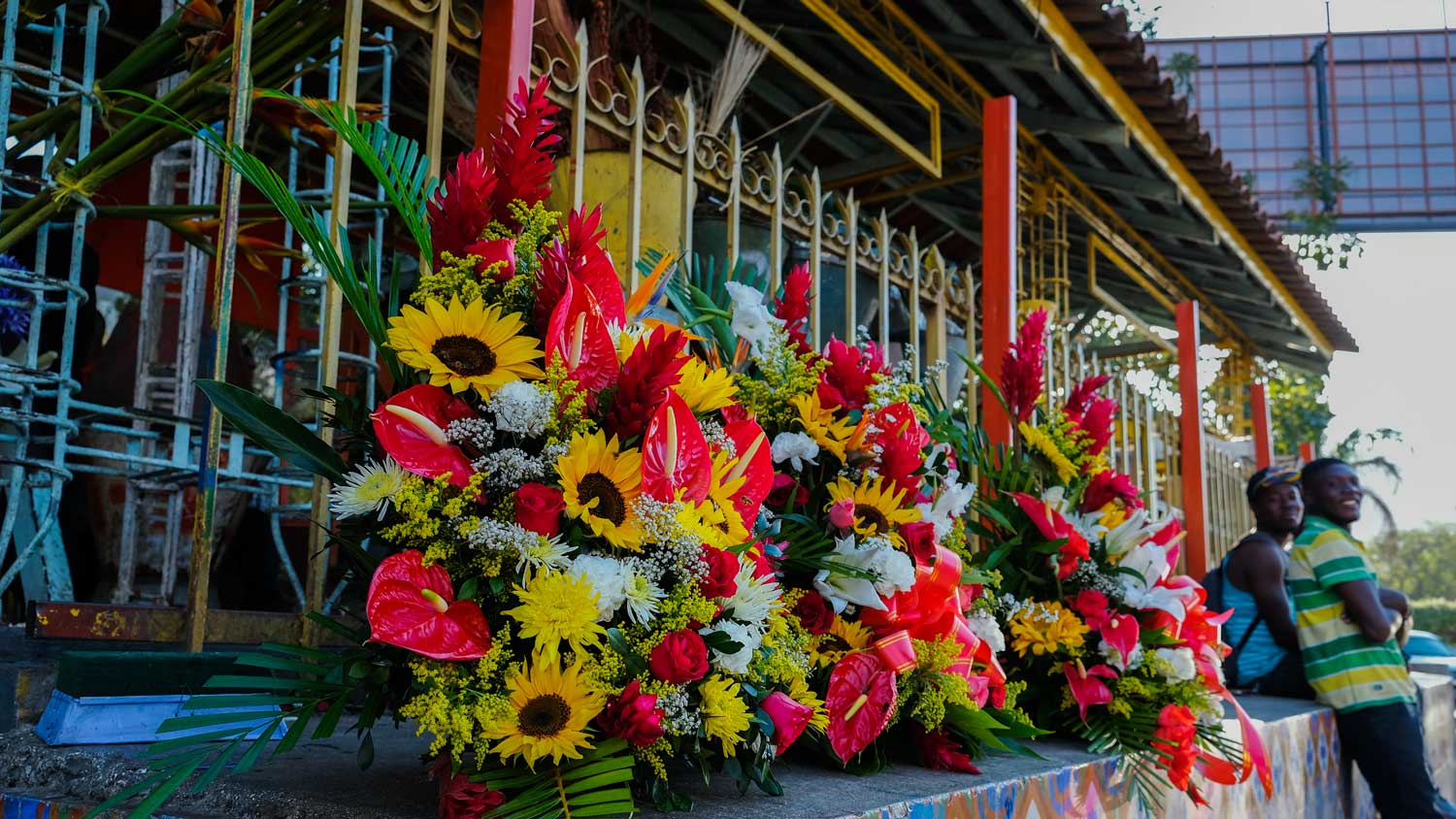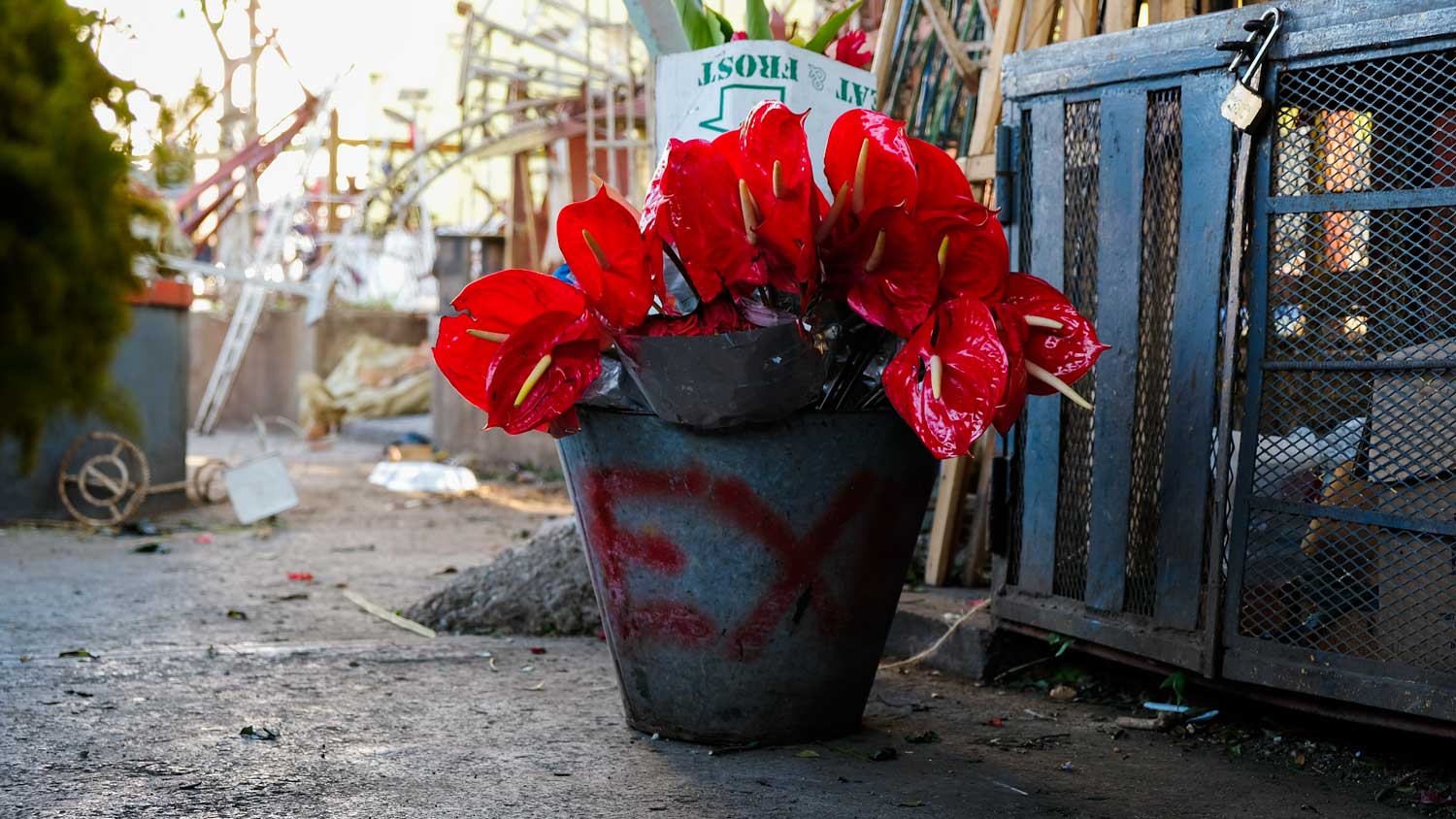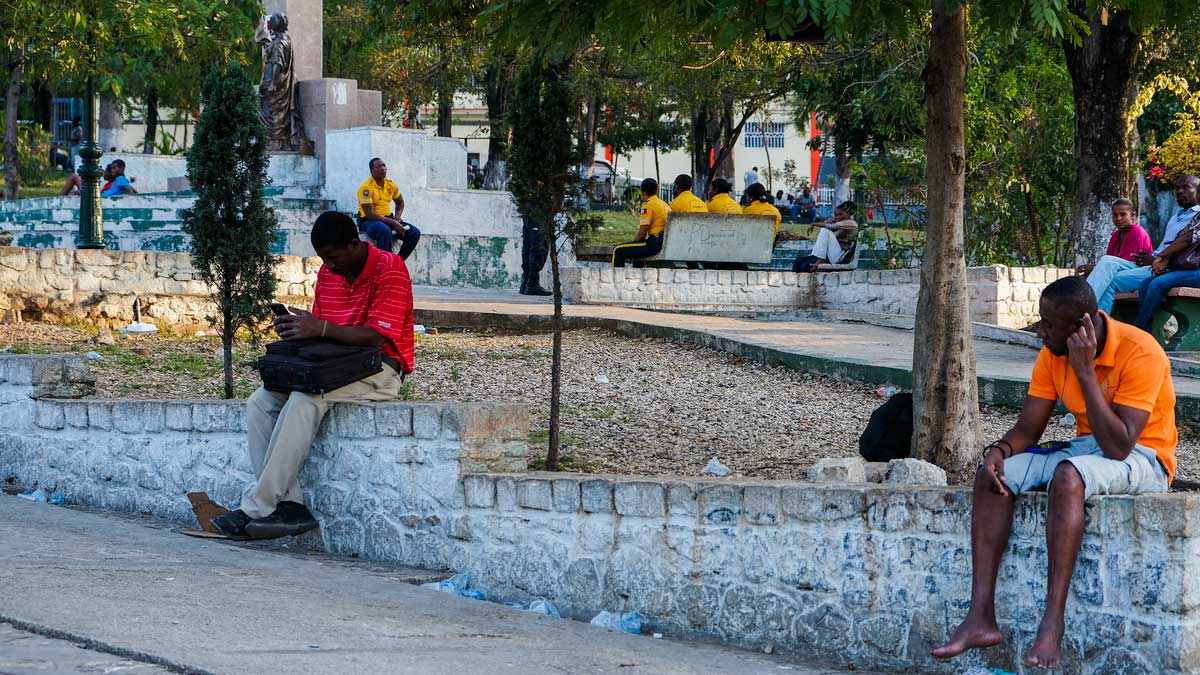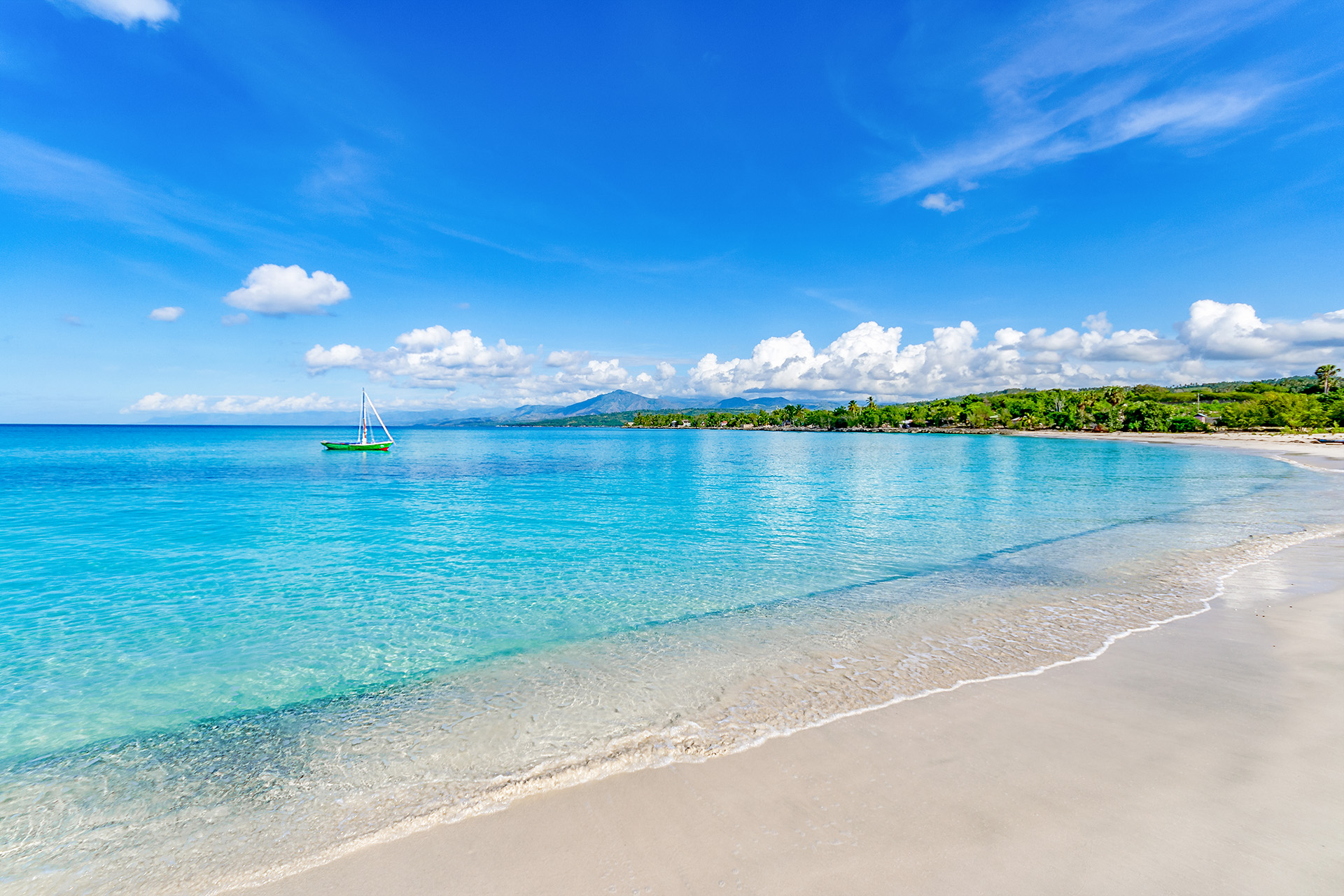
Photo: Verdy Verna
We’ve rounded up a list of the best destinations for you to kick your feet up, relax, and enjoy the best Haiti’s coasts have to offer!
All of the destinations listed here can be reached by car – it’s easy to hire one in Port-au-Prince, but book ahead if you can. For an adventurous traveller fluent in French or Kreol, a journey via tap-tap to either Jacmel or Cap-Haïtien is an experience you won’t find anywhere else in the world, but for first-time visitors, we recommend hiring a car or driver.
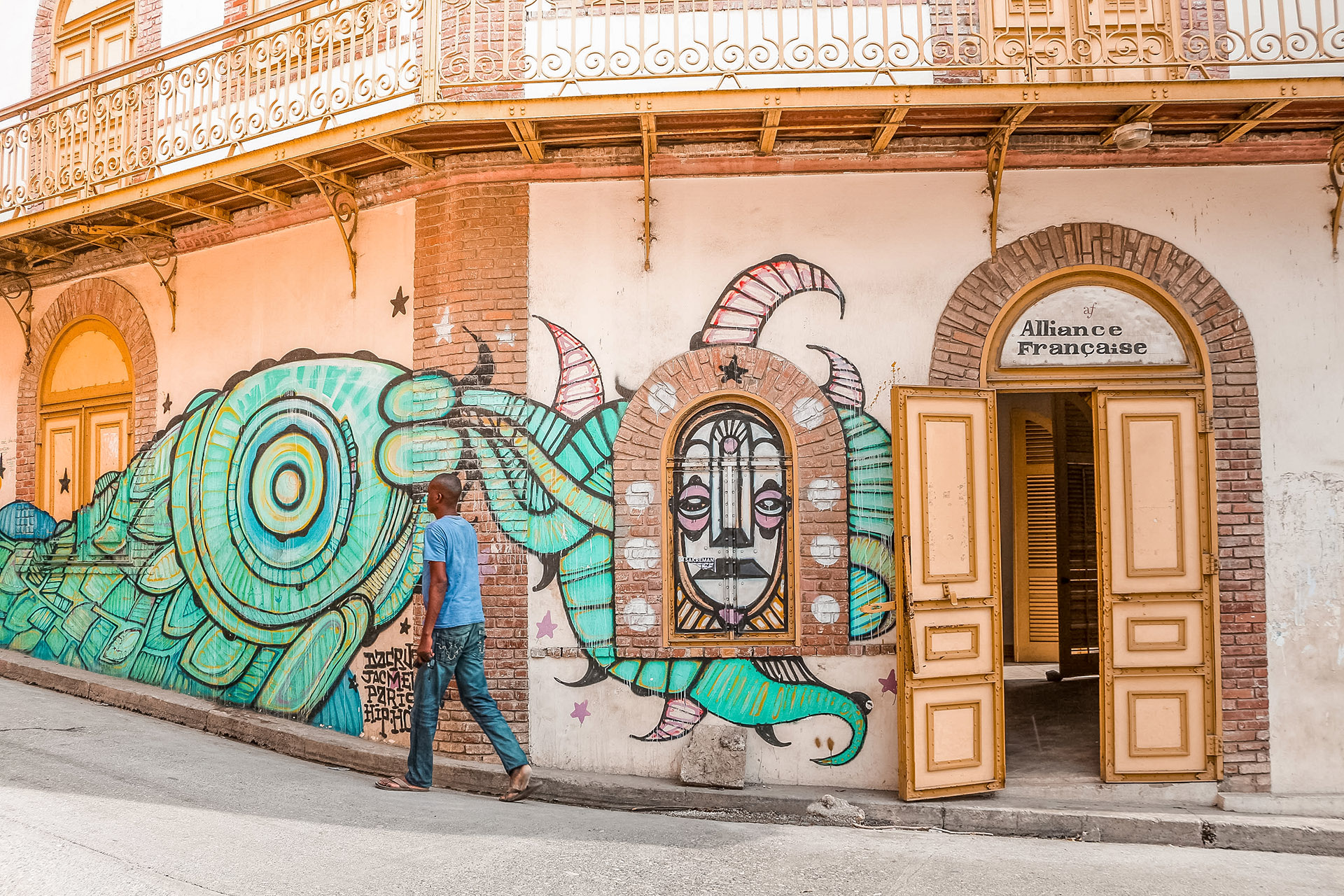
Photo: Amanacer / Emily Bauman
01. Jacmel
For international travellers, Jacmel is famous mostly for its annual carnival. Located in the south, with a vibrant festival and music scene steeped in history, and plenty of bars to choose from, Jacmel might be considered Haiti’s New Orleans.
From beautiful beaches to fantastic festivals and an endless array of artistic expression, this city is the cultural capital of Haiti. Just a two-hour drive southwest of Port-au-Prince, Jacmel is also one of the most accessible destinations.
Around 15km east of Jacmel you’ll find the fishing village of Cayes-Jacmel, where most of the rocking chairs you’ll see around Haiti are made. A few more kilometers east and you’ll come to Plage Ti Mouillage, a stunning white-sand beach framed by coconut palms, with a bar stocked with ice-cold drinks and fresh seafood.
Further east, you’ll find gorgeous Marigot. A coffee-growing town, Marigot has rated several times in Haiti’s top-ten communes. For a very reasonable price, you can wake up in an excellent boutique hotel with ocean views, the sounds of roosters crowing, and the smell of home-grown coffee roasting.

Photo: Anton Lau
02. Village Taino, Grand-Goâve
Two hours west of Port-au-Prince is a small oasis, nestled among the tall trees of Grand-Goâve. Grand-Goâve is one of the oldest settlements in Haiti – its name dates back to the Amerindians who called it home before the arrival of Spanish colonists in the 16th century.
Village Taino is a set of beachside bungalows that opens up on the powdery sands of Haiti’s southern peninsula. If you like your beach escapes to be secluded and exclusive, you will enjoy the privacy of the bungalows, as well as the daily catered seafood, caught and cooked on location.
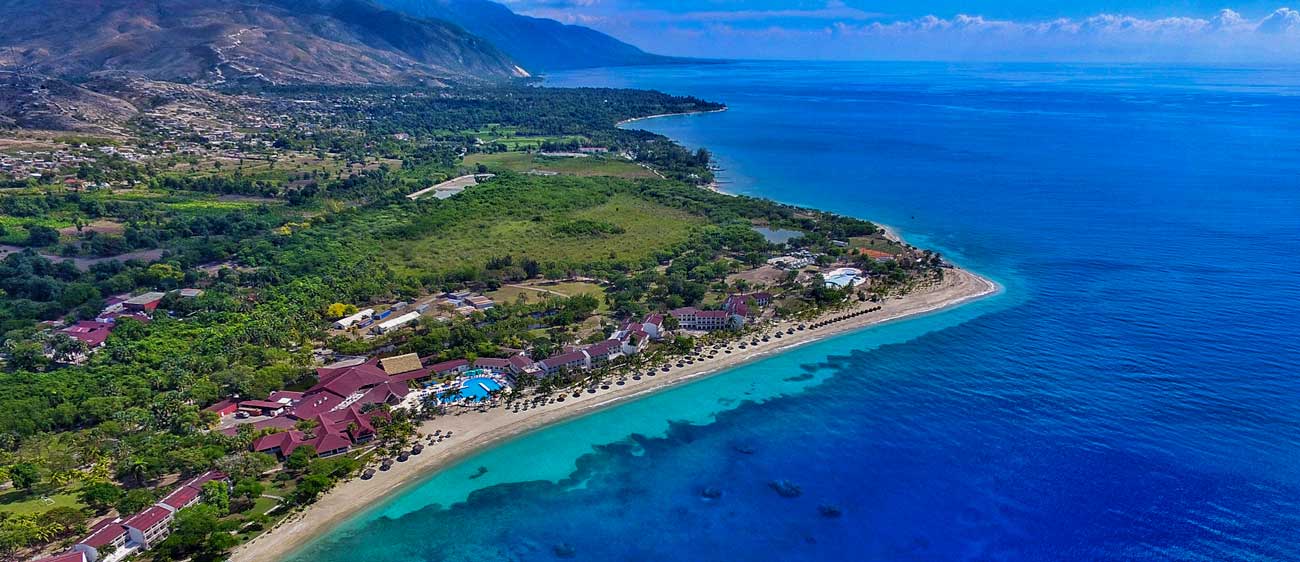
Photo: Bowerbill, Wikimedia Commons
03. Royal Decameron, Montrouis
Looking for world-class beachside relaxation? Royal Decameron, smack in the middle of the Arcadins coast, is your go-to for an all-inclusive experience in Haiti. With spacious rooms, swimming pools, authentic Haitian food, and recurring activities to keep you entertained throughout the days and evenings, it really is the easiest place to go for a weekend of unscripted relaxation and fun!
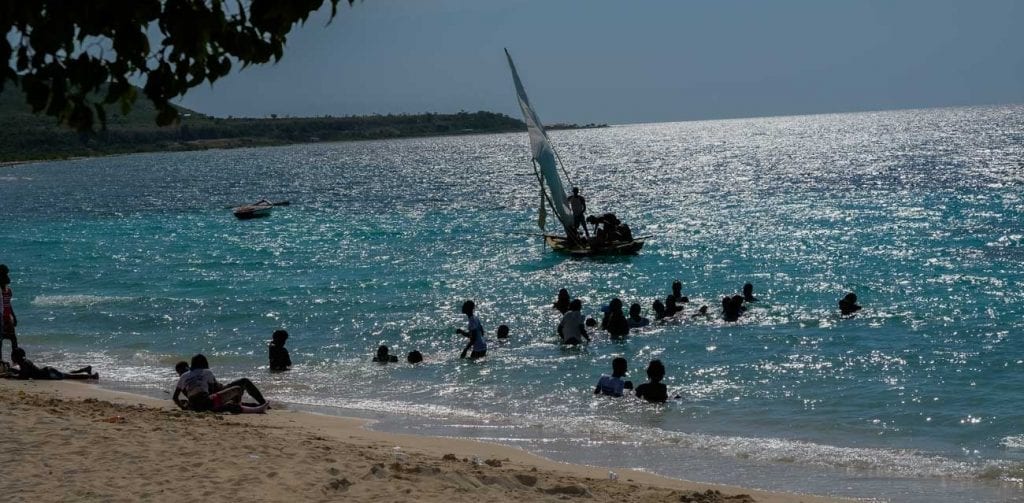
Photo: Franck Fontain
04. Amani-y Beach, Saint-Marc
Looking for something outside the popular beach resorts of the Arcadins coast? Amani-y Beach may be the treasure you seek. Located close by La Colline Hotel, it is one of Saint-Marc’s most picturesque beaches. Surrounded by the tree-clad hills that border Baie de Sant-Marc, clear blue waters stretch out for miles. Amani-y Beach offers all of the island flair with none of the touristic fuss.
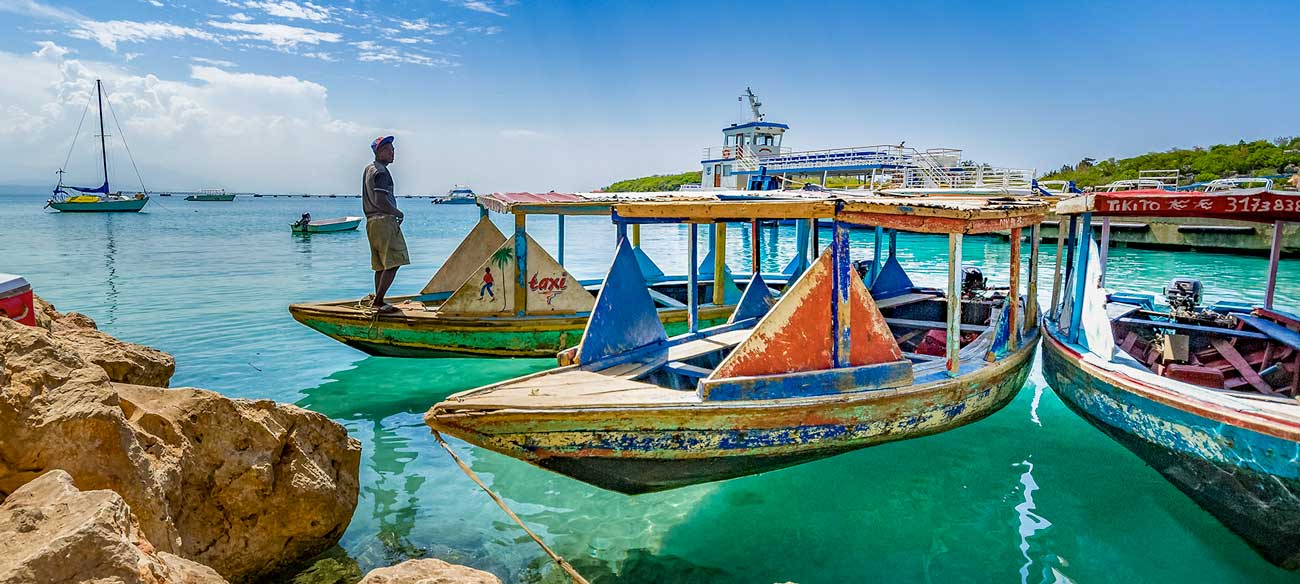
Photo: Verdy Verna
05. Cap-Haïtien
Accessible via car, if you’re into sightseeing; tap-tap, if you’re here for adventure; or plane if you can’t wait to get there, Cap-Haïtien is one of those cities you need a couple of days set aside to explore.
The beach of Cormier is one of the most underappreciated on the island – and only about twenty minutes away from the main city by car. The food options on the main boulevard, which you can walk to from most hotels, are mouthwatering and many – Lakay? Boukanye? Cap Deli? Barik? Lolo? Come hungry!
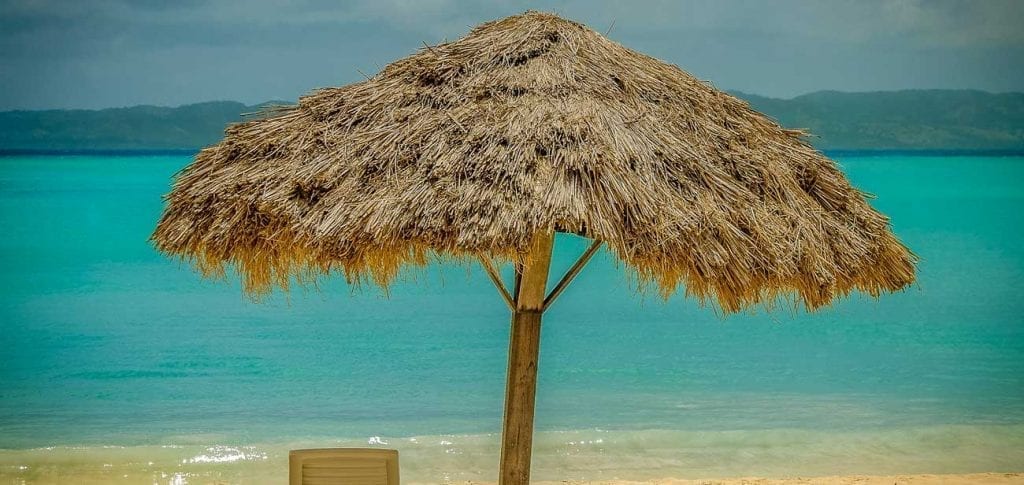
Photo: Ricardo Lartigue
06. Abaka Bay Resort, Île-à-Vache
Île-à-Vache is a magical place. Ever wondered what it would be like to live on a small island, just enjoying the pleasures of the sea lapping at your feet under a palm tree? Abaka Bay Resort is the place for you. Between horseback riding, kayaking, and peaceful walks on the shore in the evening, you might even find time to finish your book. This is an enchanting destination for travellers seeking quality rest and relaxation.
Written by Kelly Paulemon.
Published January 2019
Top things to see in Haiti

Paradise for your inbox
Your monthly ticket to Haiti awaits! Get first-hand travel tips, the latest news, and inspiring stories delivered straight to your inbox—no spam, just paradise.






